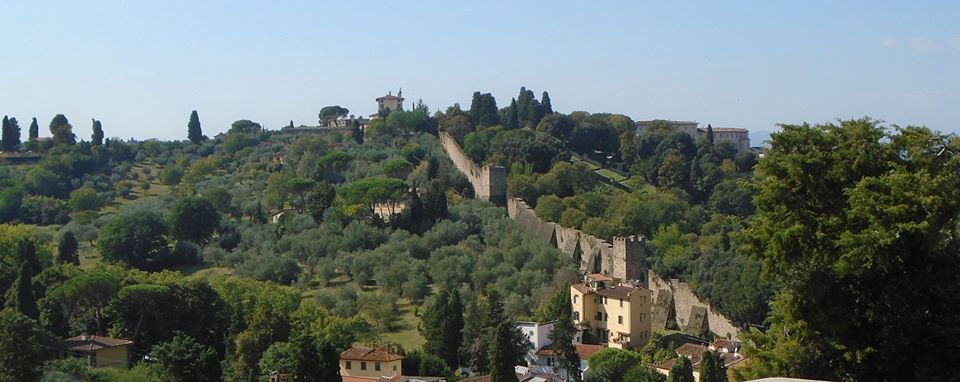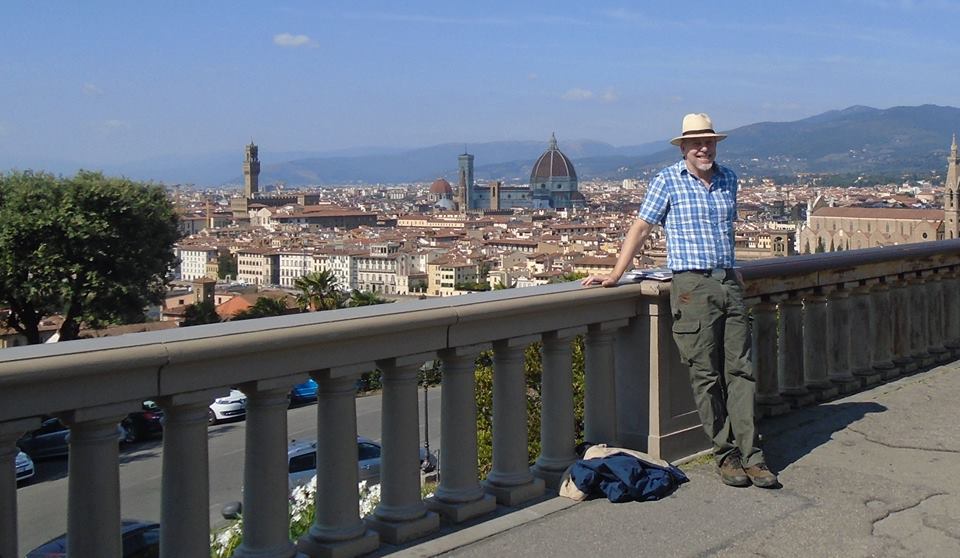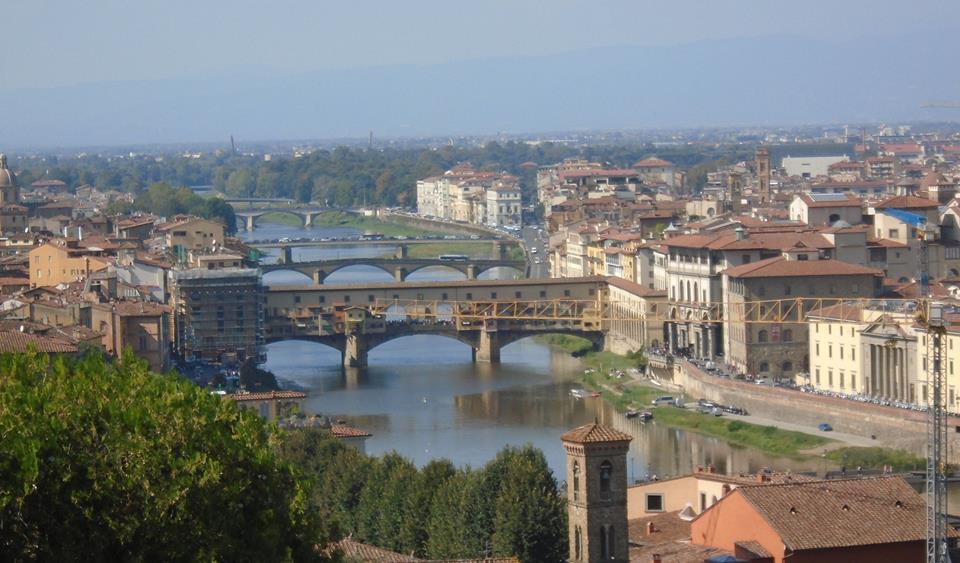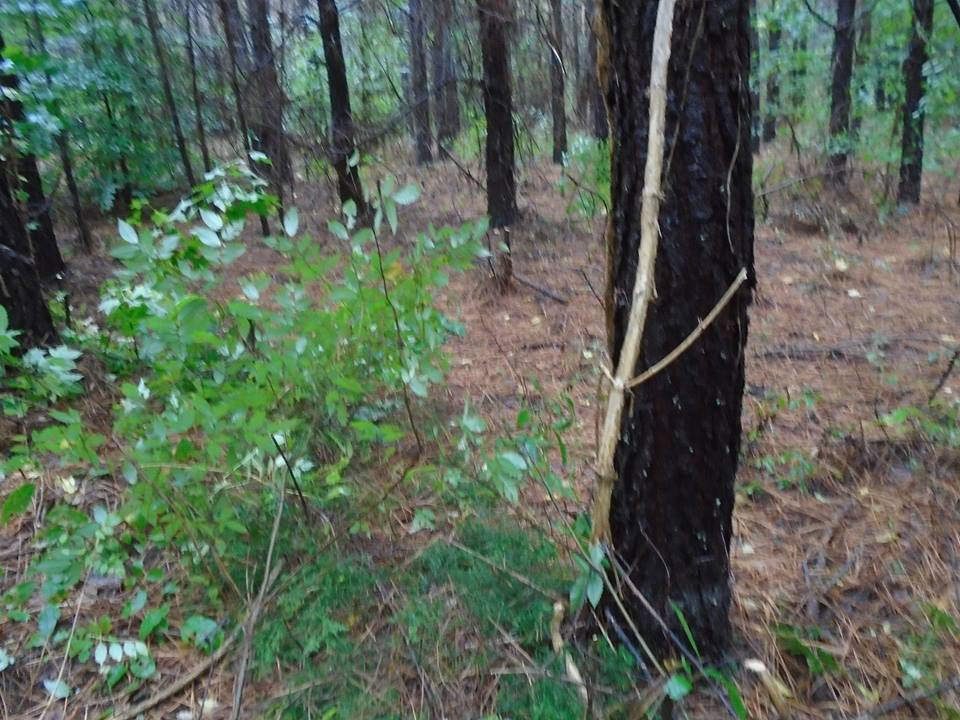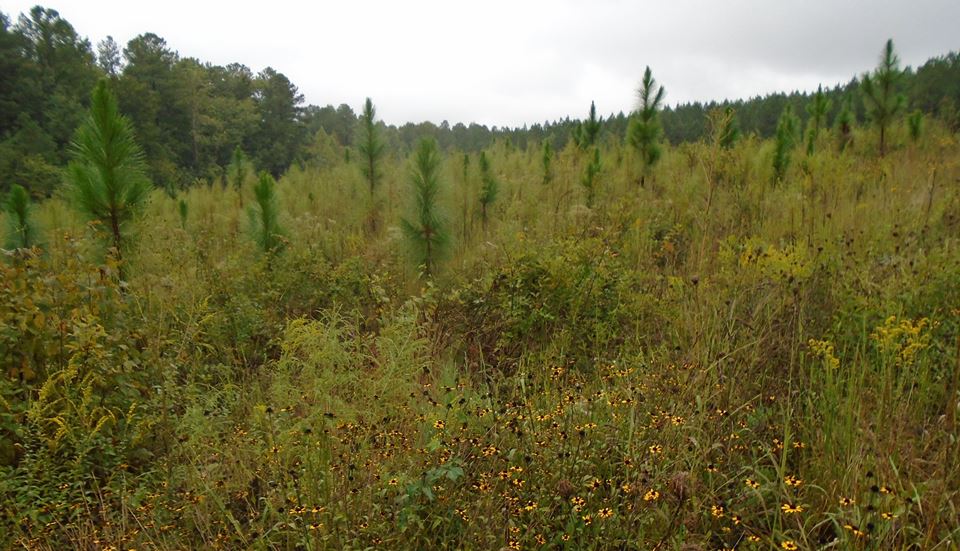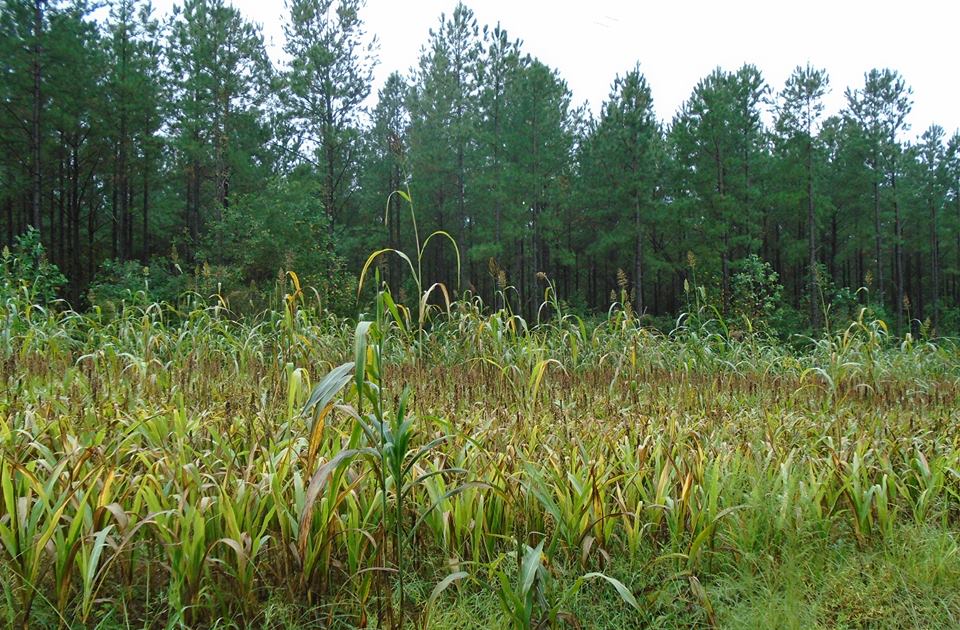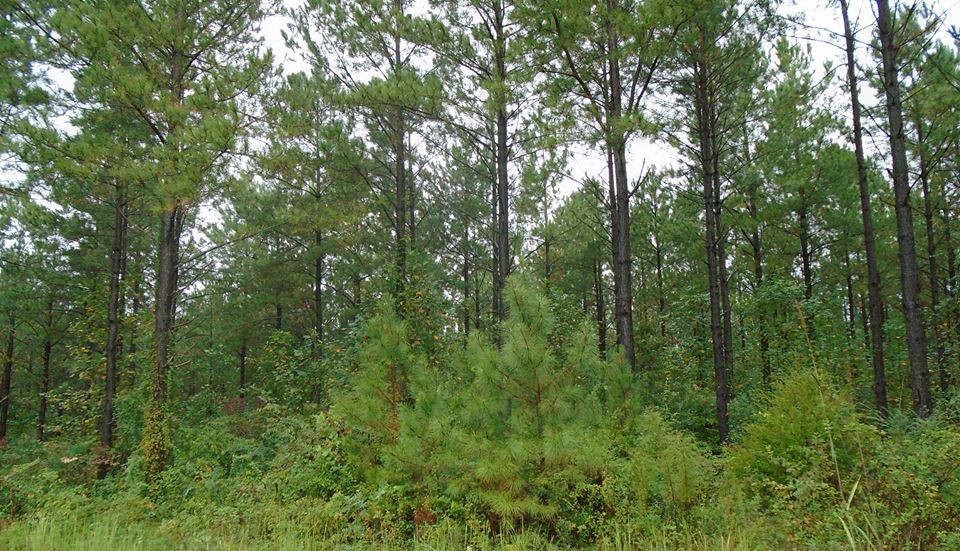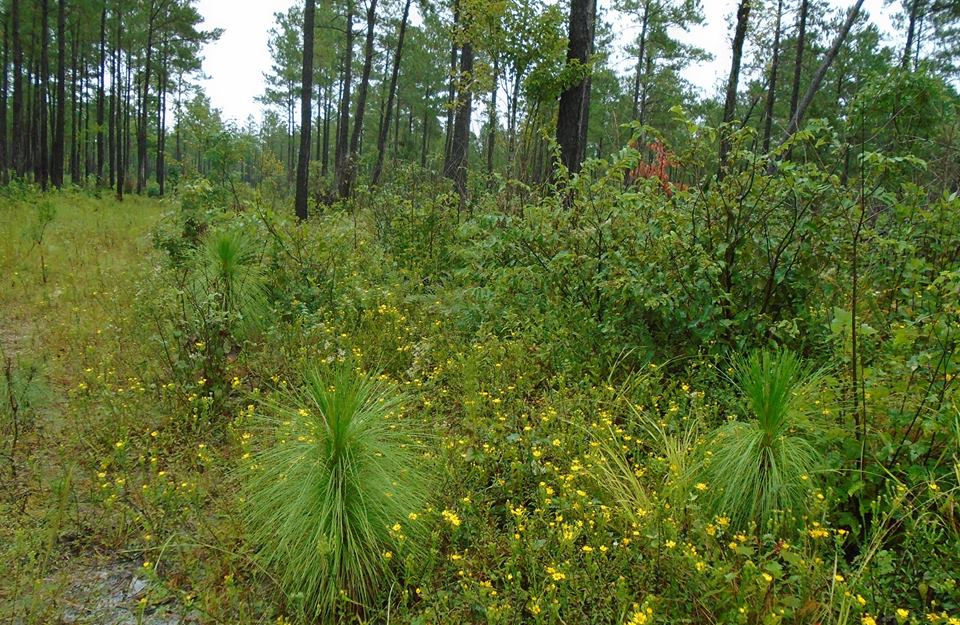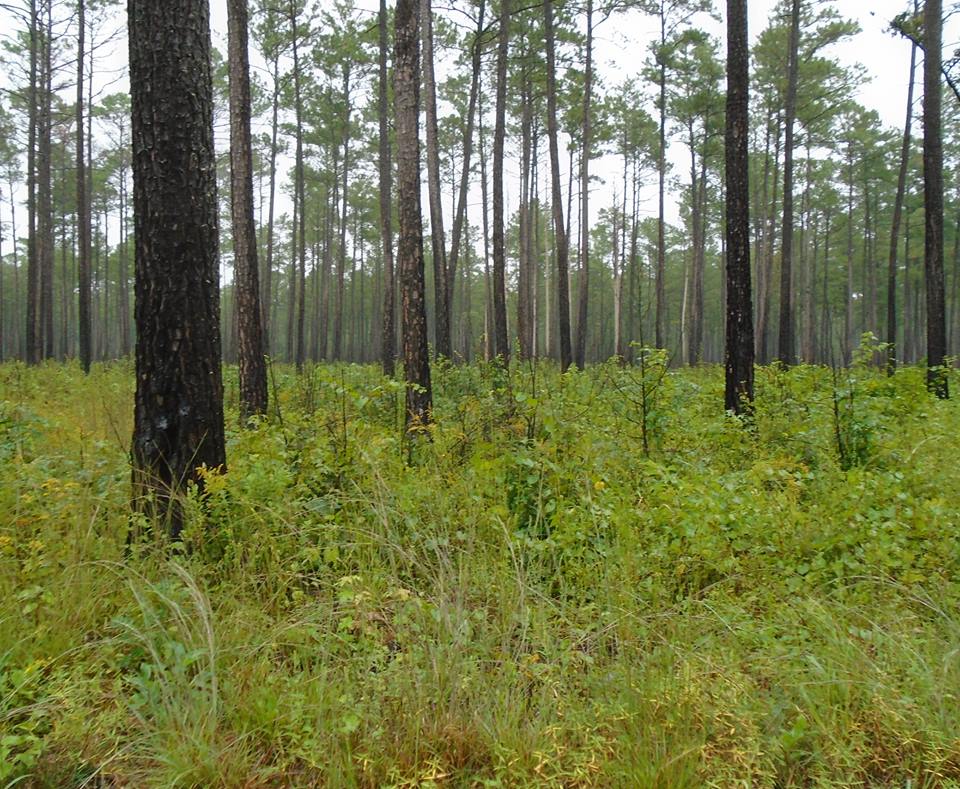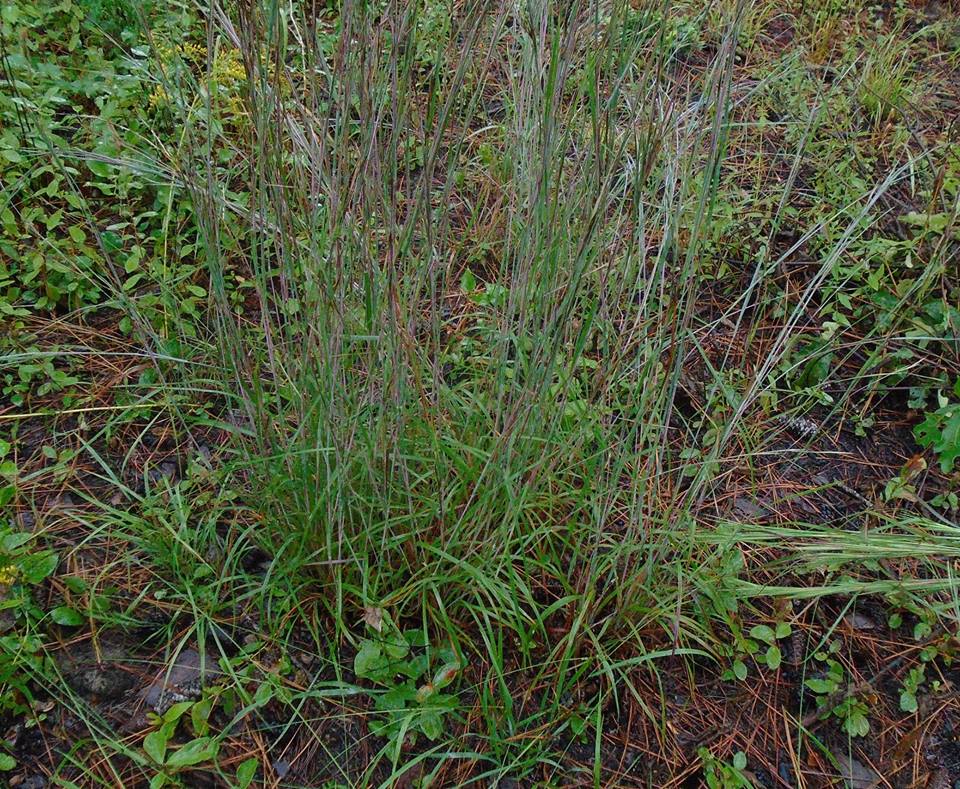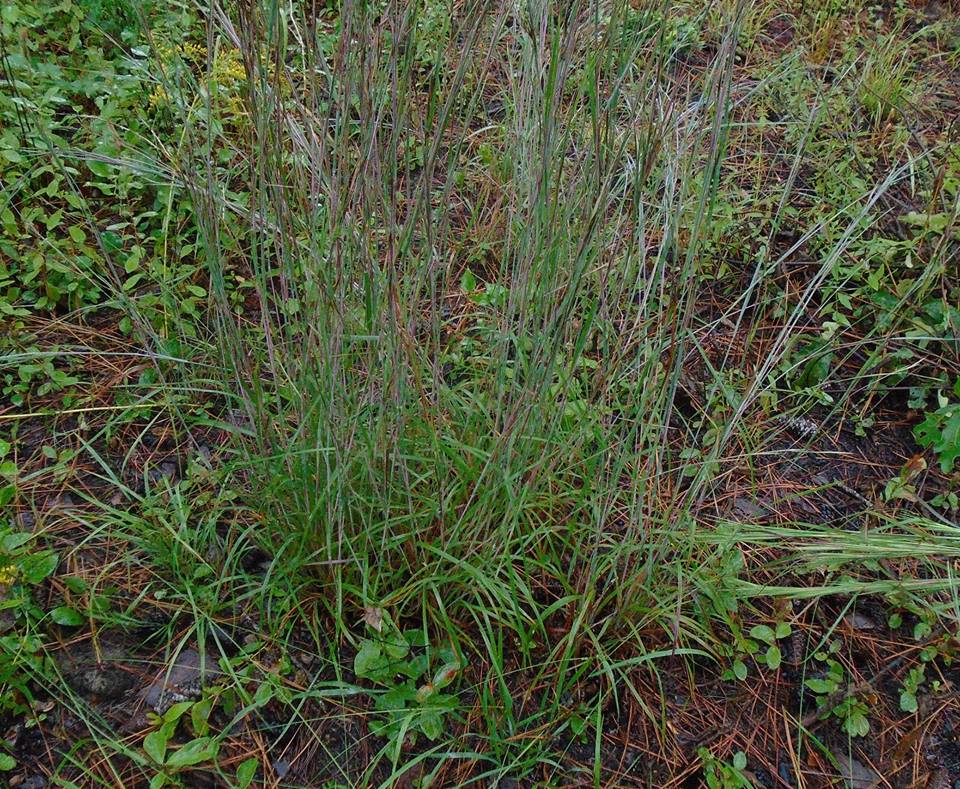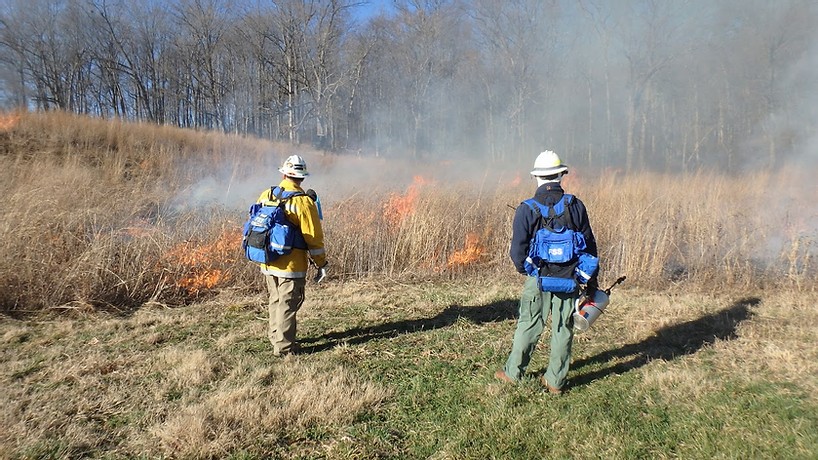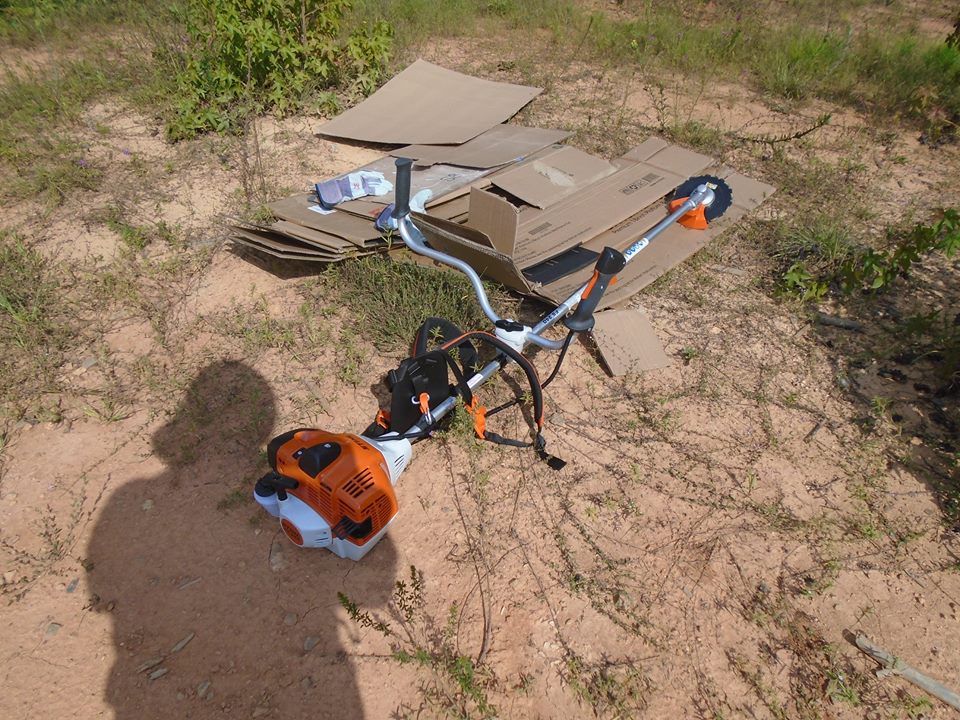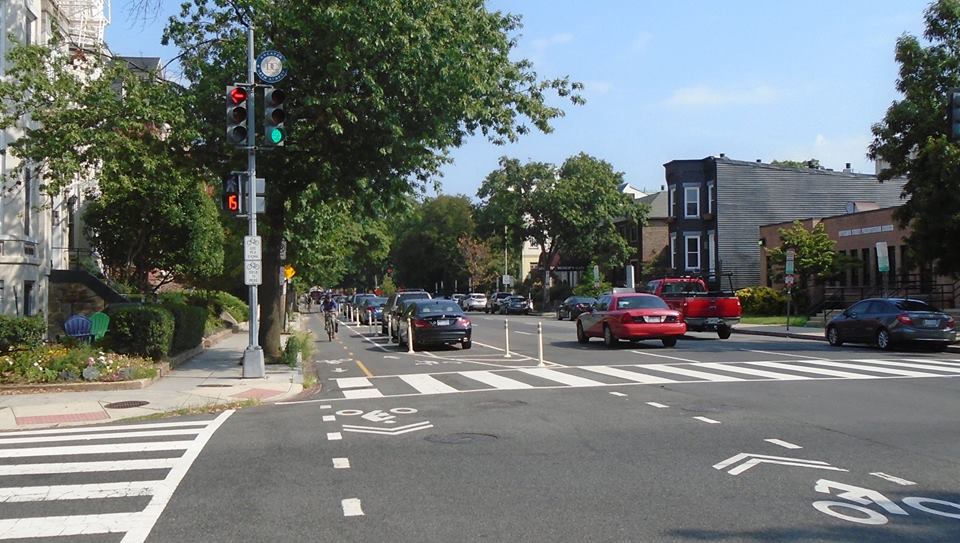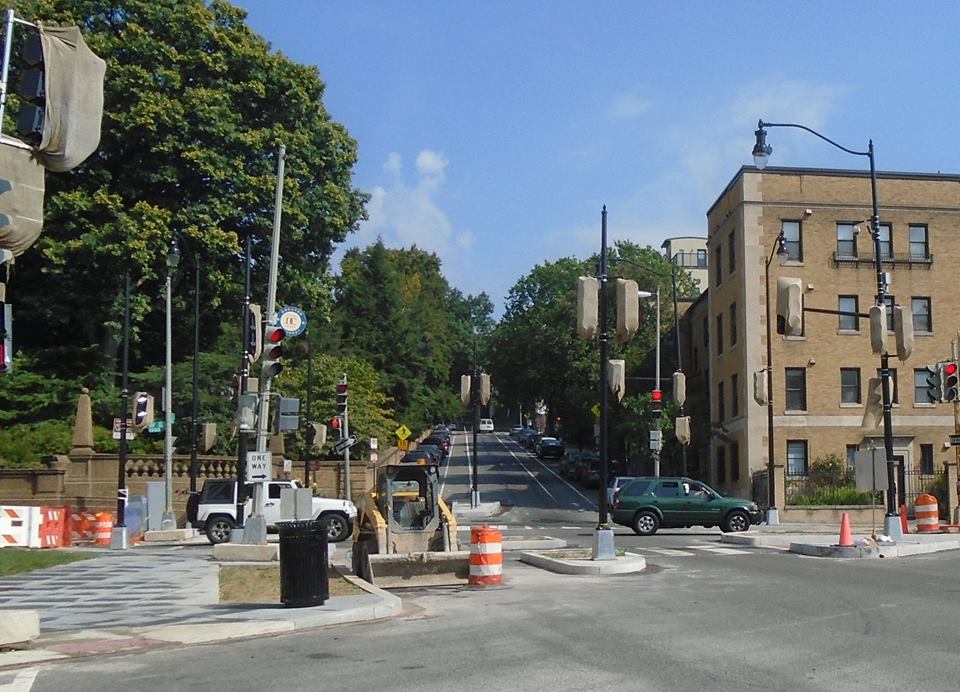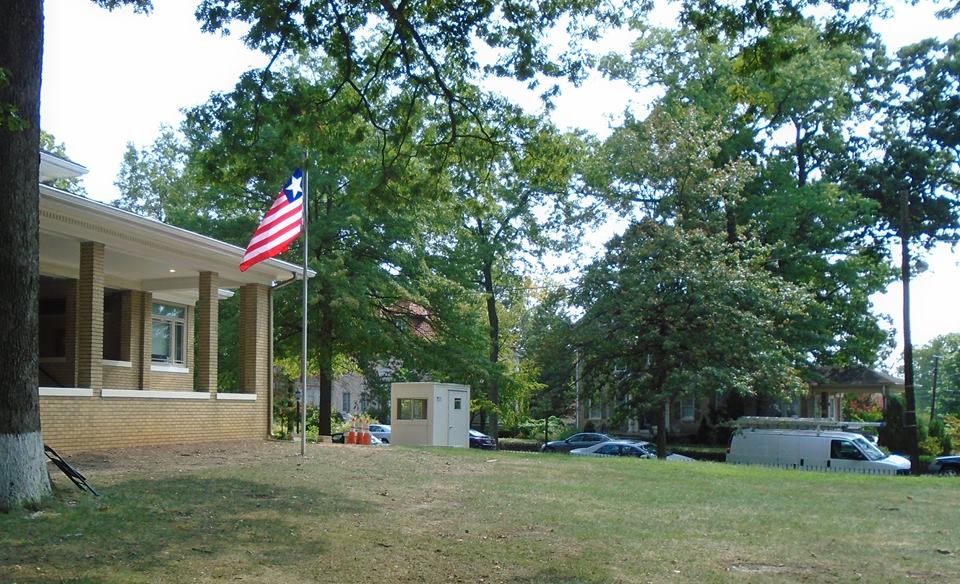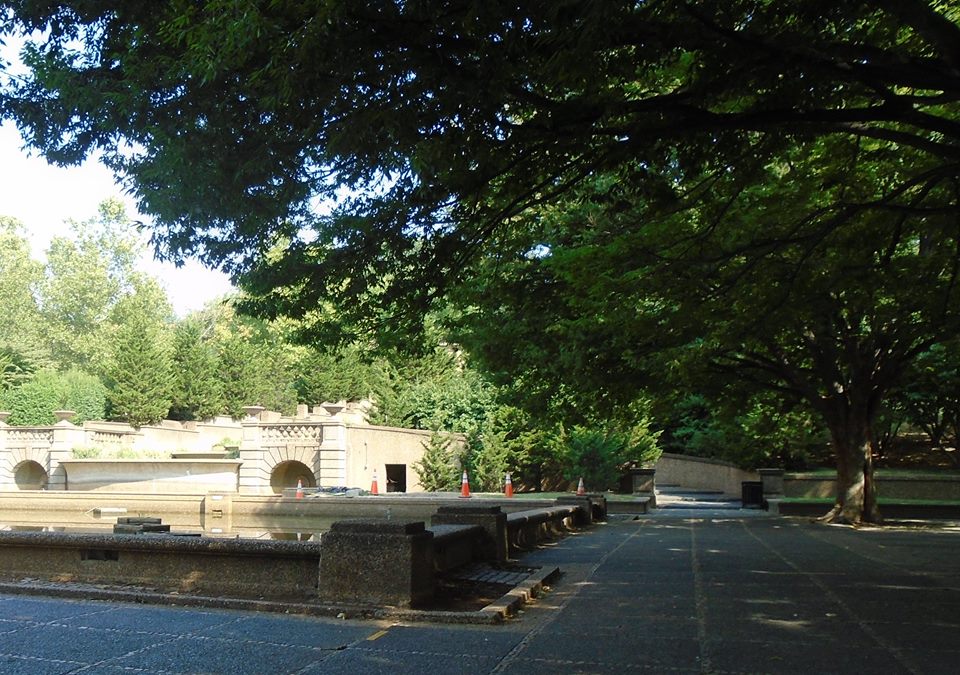The train from Rome to Florence is fast and passes through some very beautiful country. You see lots of old cities on hilltops, obviously with defensive purpose. Florence too has an old defensive wall and so did Rome, AFTER the Empire declined.
Walls, towers and castles today are picturesque, but consider their purpose. You went through the expense and inconvenience of having walls and living densely on defensible high ground only because the alternative was dangerous. A well-ordered world does not need such things as high walls. Rome proudly did not have a wall until its power declined.
In earlier times people also often avoided living close to the seashore. It was too easy for Vikings or Saracens to sail up, break your stuff and kill or enslave your kids. Of course, you had to be careful if you lived in-land, since Huns, Magyar, Mongols or just ordinary brigands could quickly ride up, break your stuff and …
Yeah, your best bet was a wall and commanding high ground. My first picture is a remnant of Florence’s wall. Next is a picture of the city from high ground, called Michelangelo’s Piazzale. It is a long steep walk to the top, but worth the effort. The wimpier folks can drive or take the bus.
The last photo is Ponte Vecchio, a famous bridge over the Arno River, today flanked by shops selling expensive jewelry. It started off as a place where blacksmiths and butchers plied their trade, conveniently disposing of their rancid wastes by tossing them off the bridge into the river. City authorities eventually got sick of the stink and pollution and moved them off.
The bridge is featured in Puccini’s opera piece “O mio babbino caro,” where a girl threatens to jump off the Ponte Vecchio if her father refuses to let he marry the man she loves. I always liked the music and will include it in the comments. Use it as a soundtrack when looking at the photos.

